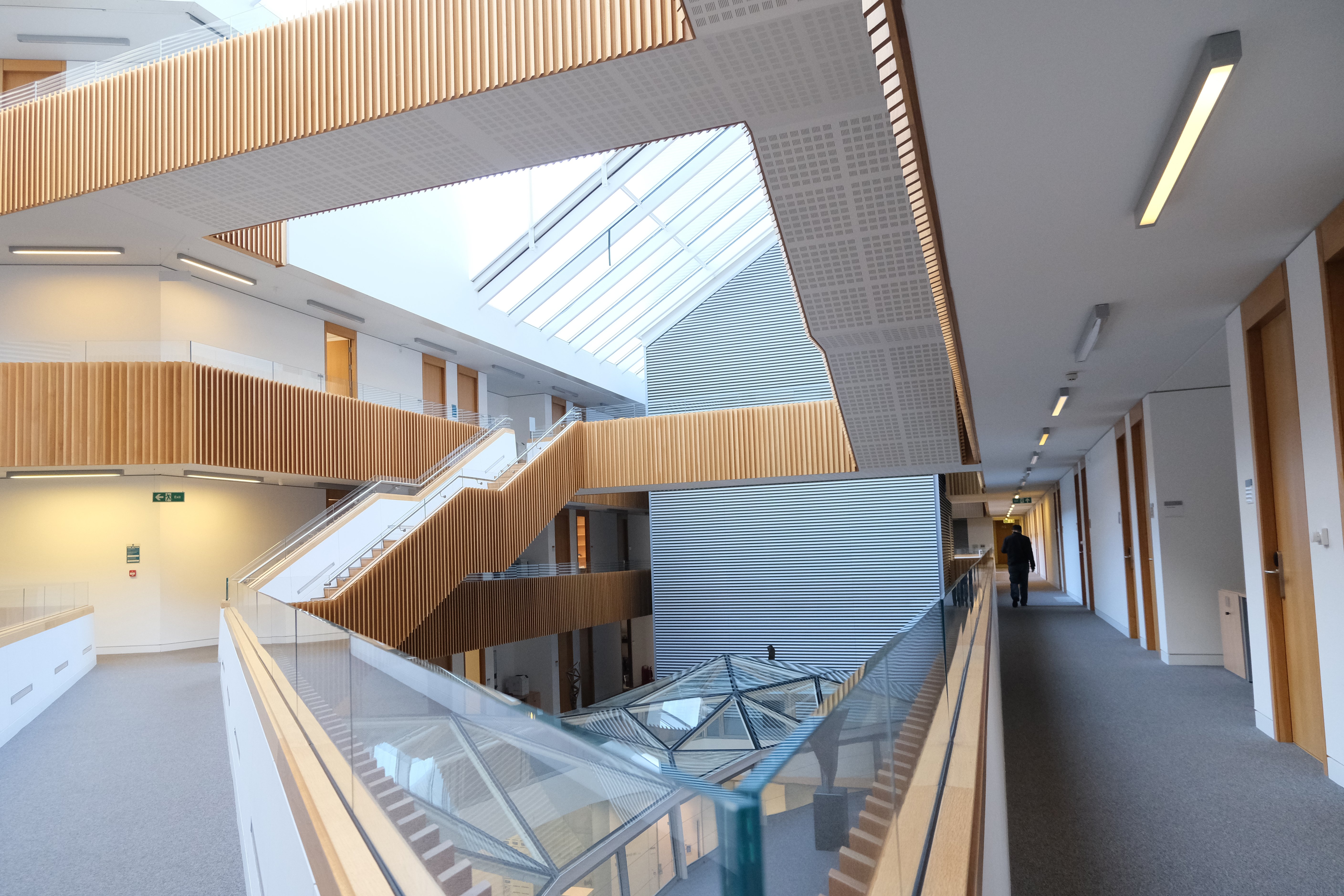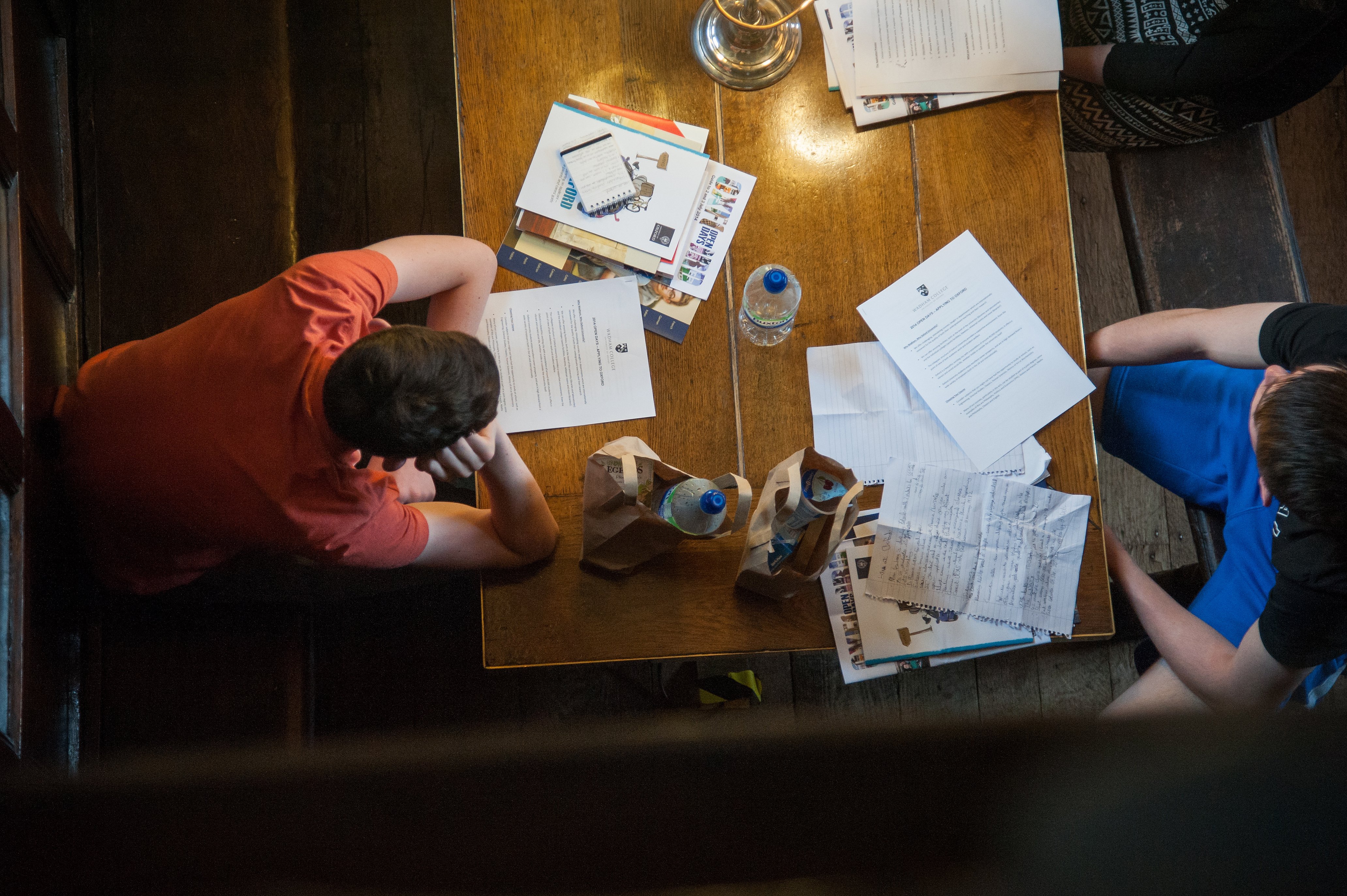 Fridays@2 continues in L1 this week with: Why study the history of mathematics? (https://www.maths.ox.ac.uk/node/70564)
Fridays@2 continues in L1 this week with: Why study the history of mathematics? (https://www.maths.ox.ac.uk/node/70564)
14:15
Complex Dynamics — degenerations and irreducibility problems
Abstract
Complex dynamics is the study of the behaviour, under iteration, of complex polynomials and rational functions. This talk is about an application of combinatorial algebraic geometry to complex dynamics. The n-th Gleason polynomial G_n is a polynomial in one variable with Z-coefficients, whose roots correspond to degree-2 polynomials with an n-periodic critical point. Per_n is a (nodal) Riemann surface parametrizing degree-2 rational functions with an n-periodic critical point. Two long-standing open questions are: (1) Is G_n is irreducible over Q? (2) Is Per_n connected? I will sketch an argument showing that if G_n is irreducible over Q, then Per_n is connected. In order to do this, we find a special degeneration of degree-2 rational maps that tells us that Per_n has smooth point with Q-coordinates "at infinity”.
the Compressible Euler-Riesz Equations with Large Initial Data of Spherical
Symmetry
populations with drug synergies
The MPLS Divisional Teaching Award Scheme celebrates success, and recognises innovation and/or leadership in teaching. Awards are available to all those who teach, including graduate students, postdoctoral researchers and learning support staff.
Nominations open on 1st March and may be made by academics, staff and students. You can nominate yourself or another person.


 A reminder that prelims corner is taking place every Monday at 11am in the South Mezzanine! Feel free to stop by and ask Mario any questions you may have relating to your study, problem sheets or student life in general. Drinks and snacks provided!
A reminder that prelims corner is taking place every Monday at 11am in the South Mezzanine! Feel free to stop by and ask Mario any questions you may have relating to your study, problem sheets or student life in general. Drinks and snacks provided!